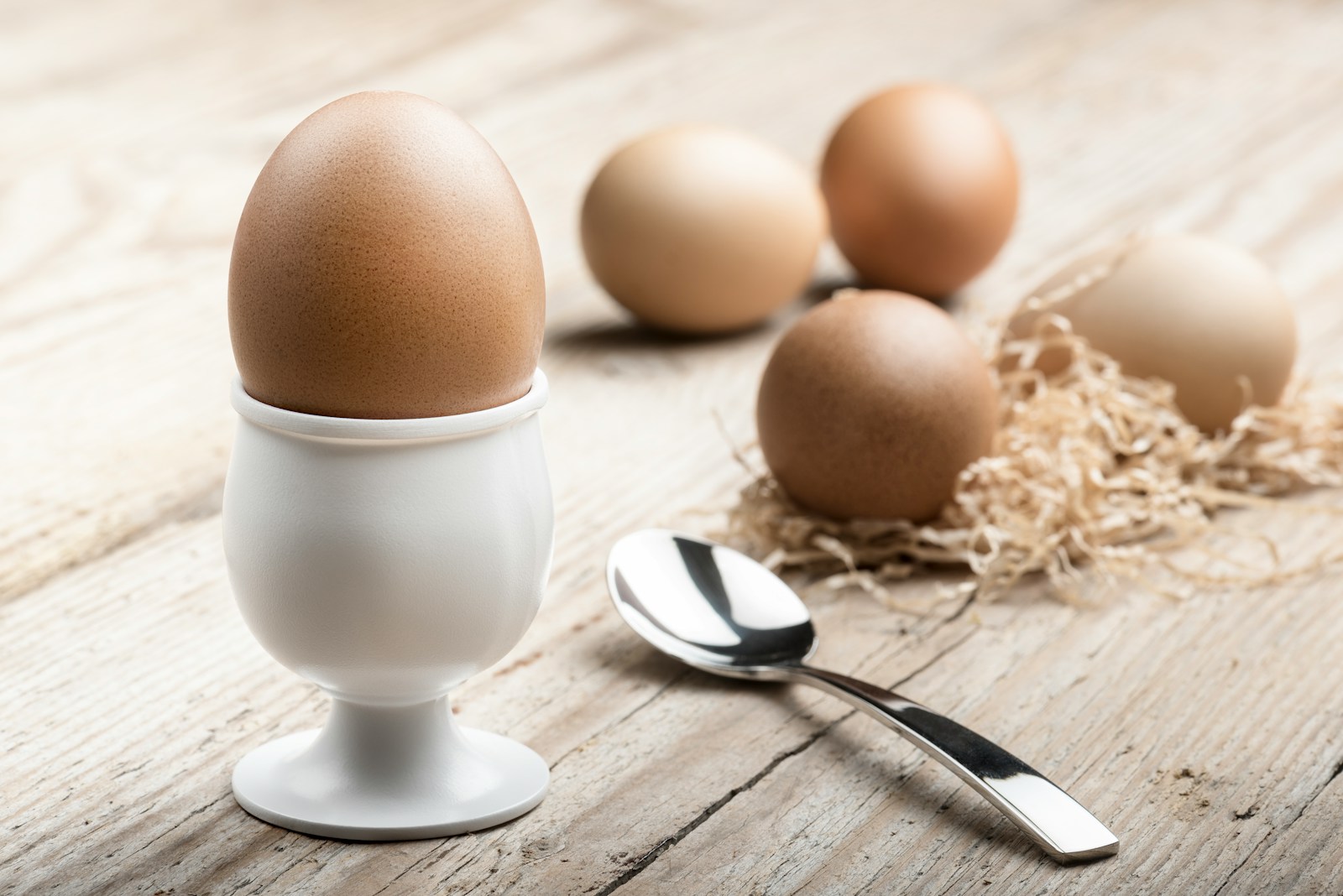Key Takeaways:
- Egg drop competitions teach students about structural mechanics and impact physics.
- MIT engineers found that egg orientation might not matter as much as previously believed.
- Eggs can survive drops better when their wide ends face downward.
- Students can use this knowledge to build better egg-protecting devices.
The Egg Drop Challenge: A Physics Classic
If you’ve ever been in a physics class, you’ve probably heard of the egg drop challenge. It’s a fun and tricky experiment where students design a device to protect an egg from breaking when dropped from a tall height, like 10 meters or over 32 feet. The goal is to learn about physics concepts like structural mechanics and impact force.
Students often use creative materials like bubble wrap, straws, or even clay to build their safety devices. But here’s the catch: most eggs don’t survive the drop. Even with clever designs, the eggs usually break. Now, a study by MIT engineering professor Tal Cohen is changing what we thought we knew about this classic challenge.
What’s the Best Way to Protect an Egg?
For years, everyone believed that the egg should be placed vertically (standing upright) when dropped. This idea came from another physics trick: walking on eggs without breaking them. When eggs are aligned vertically, they can withstand a lot of force. For example, it takes about five and a half pounds of force to crack an eggshell. That’s less than the weight of an average adult, but if you spread your weight evenly, the eggs can hold you.
But does the same rule apply to the egg drop challenge? Not necessarily, says Professor Cohen. Her team tested this idea in the lab and found that the egg’s orientation might not matter as much as we thought. In fact, eggs might even survive better when dropped with their wide ends facing downward.
Why Do Eggs Usually Break?
Before we dive into the MIT study, let’s understand why eggs break so easily in the first place. Eggshells are incredibly thin and fragile. They’re made of calcium carbonate and are designed to protect the egg, but they’re no match for a hard impact.
When you drop an egg, the force of the impact is concentrated on the point where it hits the ground. If that force is too strong, the shell cracks. The challenge is to create a device that spreads out this force, protecting the egg from damage.
The MIT Study: Rethinking Egg Drop Physics
Professor Tal Cohen and her team at MIT decided to investigate why so many eggs break in these competitions. They set up controlled experiments to test different drop angles and egg orientations. What they discovered was surprising.
According to Cohen, the traditional advice to stand the egg vertically during the drop might not be the best approach. In fact, their experiments suggested that eggs might survive better when dropped with their wide ends facing downward. This challenges the conventional wisdom that has been passed down for years.
So why did everyone think the vertical position was best? It probably comes from the egg-walking trick. When eggs are upright, they’re strong enough to support weight because the force is spread evenly across the shell. But in a drop, the situation is different. The force of the impact is sudden and localized, and the vertical position might not be the most effective way to absorb it.
What Makes an Egg Break?
To understand the MIT findings, let’s break down the physics of an egg drop:
-
Impact Force: When the egg hits the ground, it experiences a sudden jolt. The force of this impact depends on how fast the egg is moving and how quickly it comes to a stop.
-
Deceleration: A softer landing (like one cushioned by padding) reduces the deceleration force, making it easier on the egg.
-
Egg Structure: The shape of the egg plays a big role in how it handles impact. The wide end is stronger than the narrow end because it has a larger surface area to absorb force.
How Can You Protect an Egg Better?
The MIT study offers some valuable insights for students participating in egg drop competitions:
-
Orientation Matters Less Than You Think: While standing the egg vertically might seem logical, it’s not always the best choice. Experiment with different orientations to see what works best for your design.
-
Distribute the Force: The key to protecting the egg is to spread the force of the impact. Use materials that soften the landing and reduce shock.
-
Sturdy Materials: Strong, flexible materials like bubble wrap or foam can help absorb the impact. Think creatively about how to use these materials to shield the egg.
-
Test and Iterate: Don’t be afraid to try different designs and adjust based on what works. Every failed attempt brings you closer to success.
Conclusion: Learning from the Egg Drop Challenge
The egg drop challenge is more than just a fun physics experiment—it’s a hands-on way to learn about engineering and problem-solving. The MIT study reminds us that even long-held beliefs can be challenged with fresh ideas and rigorous testing.
So the next time you’re designing an egg drop device, don’t assume the vertical position is always best. Try dropping the egg with its wide end down and see how it works. Who knows? You might just create the ultimate egg-protecting machine.
And remember, the skills you learn in this challenge—creativity, critical thinking, and perseverance—will help you tackle real-world engineering problems in the future.

